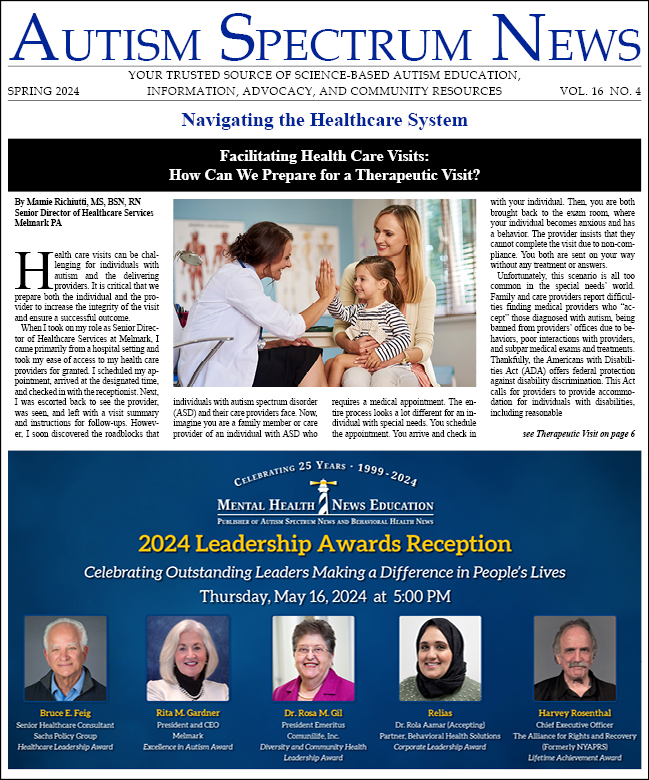-
The Challenges of Adolescence for Females with ASDs
Approaching adolescence can be a challenging time for many individuals. The challenges are certainly different for each gender and females with Autism Spectrum Disorder (ASD) may experience these challenges in a unique way compared to their neurotypical peers. The uncertainty of the physical...
-
How Gender Differences Influence the Needs of Girls on the Autism Spectrum
I have often argued – and will never tire of arguing – that people on the autism spectrum are human first, rather than primarily autistic. Being human means many things, but we shouldn’t forget one of its most fundamental aspects: Relating to the surrounding world through our bodies, wherein...
-
Sex Differences in Autism: A Treatment Perspective
Sex differences in prevalence have been reported in several mental disorders. For example, the prevalence of trichotillomania, anorexia nervosa, and bulimia nervosa are reported to be as much as 10 times more common in girls than boys (American Psychiatric Association, 2013). By contrast, autism...
-
The Unique Needs of Women and Girls with Autism
My own experience perhaps gives an insight into the repeatedly similar tales I hear from other autistic women and parents of girls. I came to the field of autism via employment in education and then as Training Manager of a specialist Asperger mentoring project for young people. By this point,...
-
Empowering Young Women with ASD to be Successful in the Workplace
Like their neurotypical peers, young women with autism spectrum disorders (ASD) truly desire to be independent. To seek her potential and independence, most women with autism need to work for money, even if it is for 15 hours a week. Women transitioning from school to adulthood need to stretch,...
-
The Unique Interpersonal Demands for Women with ASD: Implications for Gender-Specific Supports for Adults
Over the past several years, there has been increased interest in gender differences within autism spectrum disorder (ASD) and how these differences impact initial diagnosis as well as treatment across the lifespan. According to recent research conducted by Kreiser and White (2014), females...
-
Twin Study Suggests Girls are Protected From Autism Risk
A comparison of autism-like behaviors in nearly 10,000 pairs of fraternal twins suggests that girls are somehow protected from the disorder1. The findings, published 19 February in the Proceedings of the National Academy of Sciences, may partly explain why autism is four times more common in boys...
-
A Girl’s Eye View: Understanding and Supporting Families and their Daughters with Autism Spectrum Disorders
About a year ago, when doing research for my recently published book Girls Growing Up on the Autism Spectrum (Jessica Kingsley Publishers), I stumbled upon a Yahoo! group, “Autism in Girls” (Autism_in_Girls-subscribe @yahoogroups.com). With approximately 1500 members, and a core group of active...





